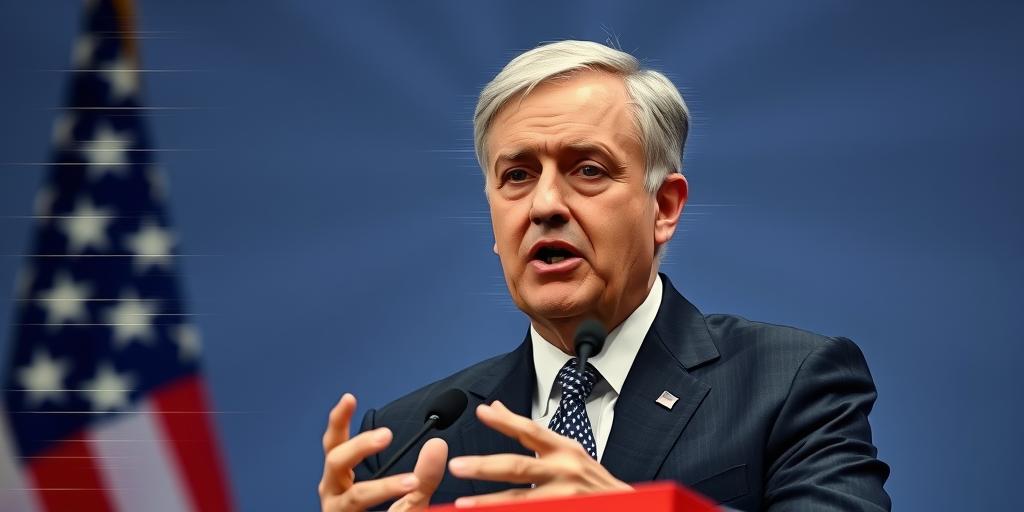Deepfakes have emerged as a potent force in political communication, presenting both opportunities and challenges. These AI-generated media, capable of seamlessly altering audio and video content, can be used to spread misinformation, manipulate public opinion, and undermine trust in institutions. This article explores the multifaceted impact of deepfakes on the political landscape, examining their potential consequences and strategies for mitigating their risks.
The Rise of Deepfakes
Deepfakes are created using advanced machine learning techniques, primarily deep learning, to generate realistic but fabricated content. Initially a niche technology, the accessibility and sophistication of deepfake tools have grown exponentially in recent years. This proliferation has made it easier for malicious actors to create and disseminate deceptive media, posing a significant threat to political discourse.
Impact on Political Campaigns
Political campaigns are particularly vulnerable to the impact of deepfakes. A fabricated video or audio clip featuring a candidate making controversial statements or engaging in unethical behavior can quickly go viral, potentially swaying public opinion in the crucial days leading up to an election. The rapid spread of misinformation through social media channels amplifies the damage, making it difficult to counteract the false narrative.
Eroding Trust in Media and Institutions
Deepfakes can erode trust in media and institutions by blurring the lines between fact and fiction. When the public struggles to distinguish between authentic and manipulated content, they may become more skeptical of all sources of information, including legitimate news outlets and government agencies. This erosion of trust can have far-reaching consequences for democracy and social cohesion.
Legal and Ethical Considerations
The creation and dissemination of deepfakes raise complex legal and ethical questions. While some argue that deepfakes are protected under free speech principles, others contend that they can cause significant harm and should be subject to regulation. Balancing the protection of free expression with the need to prevent the spread of misinformation is a major challenge for policymakers.
Strategies for Mitigation
Mitigating the risks posed by deepfakes requires a multi-pronged approach involving technological solutions, media literacy initiatives, and legal frameworks.
- Technological Solutions: Developing AI-based tools for detecting deepfakes is crucial. These tools can analyze media content to identify telltale signs of manipulation, such as inconsistencies in facial movements, audio distortions, and unnatural lighting.
- Media Literacy Initiatives: Educating the public about deepfakes and how to identify them is essential. Media literacy programs can teach individuals to critically evaluate online content and be wary of sensational or emotionally charged information.
- Legal Frameworks: Establishing legal frameworks to address the malicious use of deepfakes can deter bad actors and provide recourse for victims. Such frameworks should strike a balance between protecting free speech and preventing the spread of harmful misinformation.
Conclusion
Deepfakes pose a significant threat to political communication by spreading misinformation, manipulating public opinion, and eroding trust in institutions. Addressing this challenge requires a collaborative effort involving technologists, policymakers, media organizations, and the public. By developing effective detection tools, promoting media literacy, and establishing appropriate legal frameworks, we can mitigate the risks posed by deepfakes and safeguard the integrity of our political discourse.









